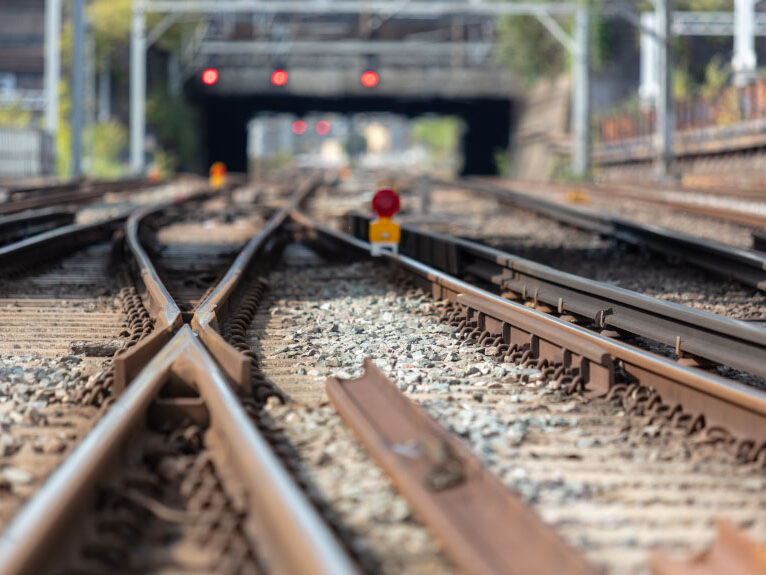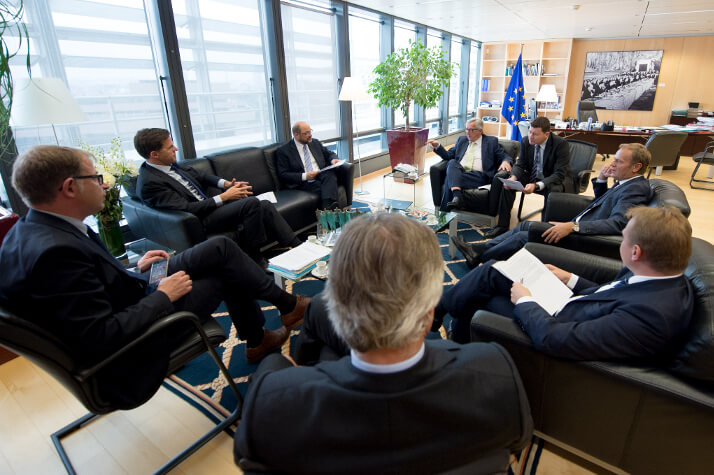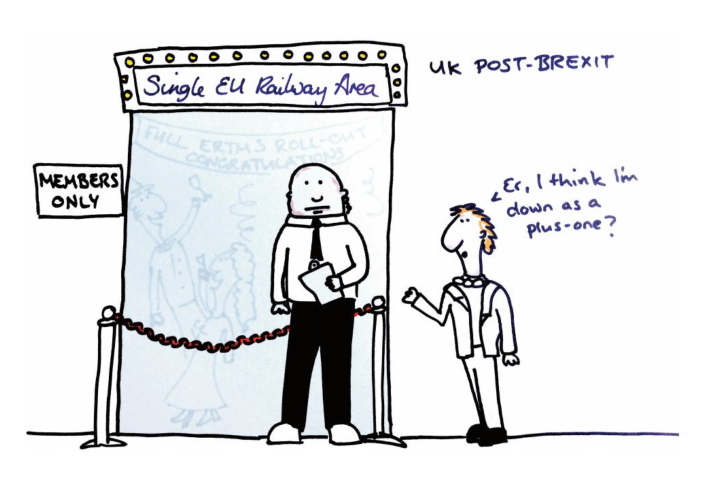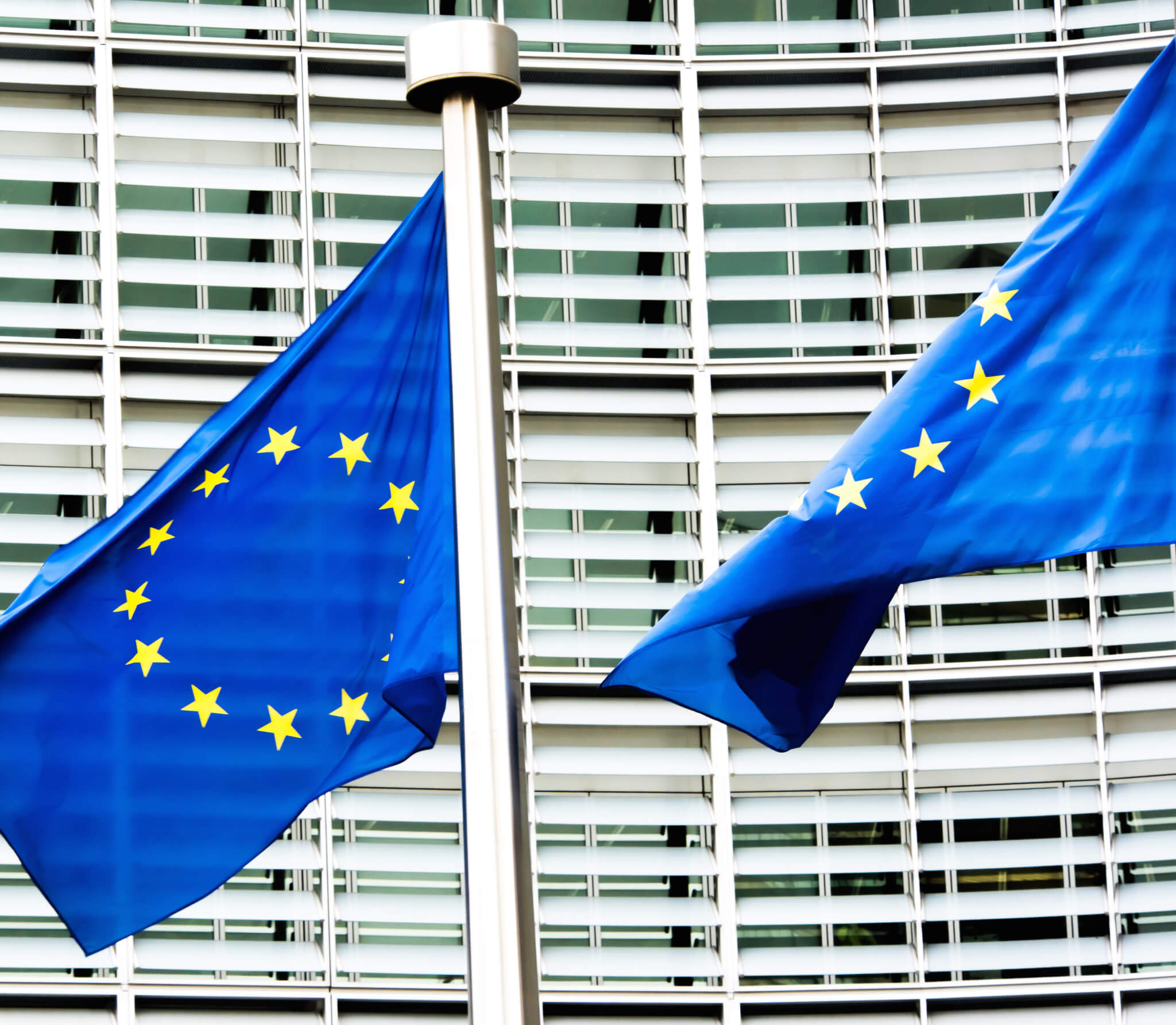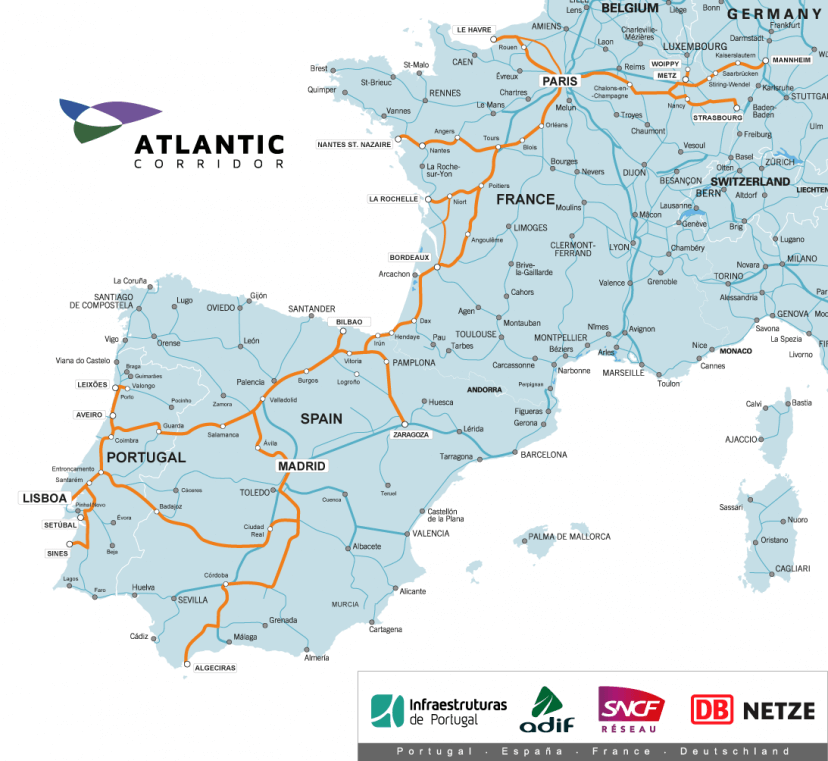As a manufacturer with operations throughout the UK & Europe, BT Cables is impacted by the new regulations that are about to become law for the supply of cables into European markets. The Construction Products Regulation – CPR – has been on the horizon for some time but from 1 July 2017 the requirements become law and compliance is mandatory. BT Cables has been preparing for some time and is ready to meet the deadline but do you know what your obligations are and are you ready?
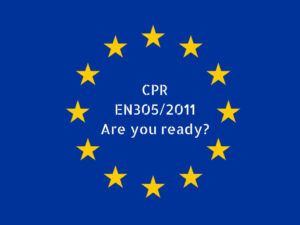
The Construction Product Regulation (CPR) is intended to ensure reliable information on construction products in relation to their performance. This is achieved by providing a “common technical language”, offering uniform assessment methods for the performance of construction products.
These methods are compiled in harmonised technical specifications. This common technical language is to be applied by:
- the manufacturers when declaring the performance of their products
- the authorities of EU Member States when specifying requirements for them
- their users (architects, engineers, constructors, etc.) when choosing the products that are most suitable for their intended use in construction works
In respect to cables, the CPR relates to the “REACTION TO FIRE” performance.
The appropriate harmonised standards are the harmonised Product Standards covering reaction-to-fire products (EN 50575: 2014)
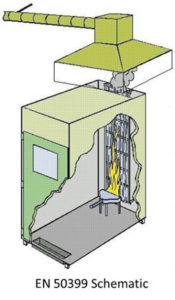
Performance is based on a test SIMILAR to BE EN 60332-3 BUT:
- different array (based on diameter of cable)
- calorimetry/smoke detection equipment in analysis
section of extraction hood/duct
Additional measurements:
- Total Heat Release (MJ)
- Rate of Heat Release (kW)
- FIGRA (W/s)
Euroclass is derived from this along with char height for Classes B1-D, with BS EN 60332-1 (Bunsen burner) for Class E. Class F is a “failure” to meet Class E requirements.
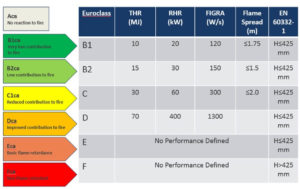
Distributors and wholesalers are strongly recommended to familiarise themselves with the CPR as it applies to cables. In particular they are advised to recognise that they, as well as manufacturers, have legal responsibilities under CPR.
It is especially recommended to distinguish between cables subject to CPR, i.e. those intended for permanent installation in buildings and construction works, and those that are not. For the former it will be essential to check for compliance, most importantly via:
- The Declaration of Performance (DoP): your supplier should provide it. The DoP is permitted to be made available in electronic format.
- The CE marking: this should accompany the product and, in the case of cables, should be on a label associated with the particular batch.
In case of difficulty, the relevant legislation and other guidance documents should be consulted.
The responsible government department in the UK is the Department for Communities and Local Government (DCLG).
Overview of the Construction Products Regulation
The regulation is at present within a transition period known as ‘co-existence’. With effect from 1 July 2017, i.e. at the end of co-existence, it will be obligatory for cables, having an intended use for permanent installation in buildings and construction works, to be accompanied by a Declaration of Performance (DoP) and to have a CE marking under the CPR. This requirement relates only to the Reaction to Fire performance of the cables.
NOTE: Cables that have Resistance to Fire, meaning retention of functionality during a fire, are currently excluded from these requirements. Requirements for a DoP and a CE marking are under consideration and may be introduced at a later date.
It is the legal responsibility of the manufacturer to provide the DoP and to apply the CE marking. There are two special cases. These are:
- when cable is imported from outside the EU, where the importer has special responsibilities
- when a distributor sells cable using his own brand name
(For convenience, the term “distributor” is used in this paper to cover both distributors and wholesalers).
The CPR covers the way in which the product is placed on the market, typically by the manufacturer, and then made available in the market, typically by a distributor. It does not say how and where a particular product should be used. Crucially it does not say what class of product should be used in any given circumstance.
It should be noted that when a distributor supplies product under their own brand or name, they become subject to the same legal obligations as the manufacturer.
Where are we today?
Since 10 June 2016 it has theoretically been possible for cables to be placed on the market with a CPR Declaration of Performance (DoP), and accompanied by a CE marking. In practice, because the process involves 3rd party testing and certification via Notified Bodies (for instance BASEC and BRE/LPCB in UK), such cables have only gradually been reaching the market.
However, as of 1 July 2017 this will change, and all cables with an intended use for permanent installation in buildings and construction works must then be accompanied by the DoP and have the relevant CE marking.
It is important to note that the DoP may be in paper form or as an electronic version. The CE marking, in accordance with the relevant harmonised standard, EN 50575, must be on the product label or labels.
Particular obligations of distributors
Responsibilities and obligations for distributors derive from the EU legislation (REGULATION (EU) No 305/2011) and in particular Article 14. The full text of Article 14 can be found in Chapter III “Obligations of Economic Operators” of the Regulation. Key points may be summarised thus:
- From 1 July 2017 a distributor must ensure that if a cable being purchased has an intended use for permanent installation in a building or constructions works, then it must be CPR-compliant. This means the distributor needs to make certain that the manufacturer’s product is accompanied by a Declaration of Performance (DoP) and has the CE marking correctly affixed, and to ensure that the information is available when making a sale.
- If there is any suspicion that any cable that claims to be CPR-compliant, i.e. has a DoP and the relevant CE marking, but is not, then you must ensure the cable is brought to conformity, to withdraw it or to recall it as appropriate. If the product presents a risk, the National Authority should be informed.
“Own brand” cables
Where a distributor has cable manufactured and supplied such that it may be sold on under the distributor’s own brand name, he/she has the obligations of both a de-facto manufacturer and as a distributor under CPR.
It is thus essential to ensure that a DoP is drawn up in the name of the distributor.
Issues relating to the holding of stock
Cable that has been legally placed on the market prior to 1 July 2017, and is in the stock of a distributor, does not need to be CPR compliant.
We are currently unaware of any timescales relating to the sale of such stock that has been legally placed on the market before 1 July 2017.
If a distributor has imported cable from outside the EU, and it is held in his stock, he/she should take care to ensure that it has a date that can be verified as to when it is legally placed on the market, i.e. before or after 1 July 2017. This will determine whether it needs to comply with CPR or not.
The distributor as an importer
Cable manufactured within the EU will have been placed on the market by the manufacturer. The distributor, subject to his obligations under Article 14, is not required to do more.
When a distributor imports cable from a non-EU country, he has the same responsibilities as a manufacturer, thus he becomes the person first placing the product on the market. He must ensure that the non-EU manufacturer has verified the performance of the cable, drawn up the appropriate technical documentation and the DoP, and that a CPR-compliant CE marking and label have been applied. In addition, the distributor acting as importer shall indicate on the product, in one of a number of designated ways, their name, registered trade name and their contact address.
Importers also have an obligation, when appropriate, to carry out sample testing of cables and to maintain a register of complaints, of non-conforming products and of product recalls as deemed appropriate.
All the other obligations as a distributor – documentation, action regarding non-compliance, storage – also apply.
The obligations of manufacturers and of importers are covered by Article 11 (Obligations of Manufacturers) and Article 13 (Obligations of Importers) in Chapter III of the EU Regulation.
BT Cables is fully prepared for the new regulations and a full breakdown of products affected and timescales for compliance can be found on its website at http://www.btcables.com/cpr

















